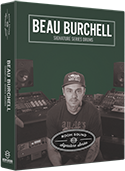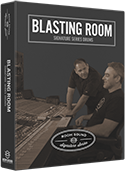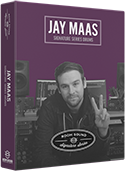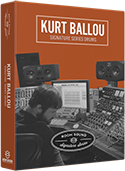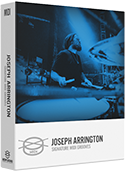
TUTORIAL:
Kontakt Multi-Output Routing Using Reaper
1. Insert a new TRACK in your Reaper session. Name the track "Kontakt".
2. Instantiate Kontakt as a Multi Output plug-in on the track you just created by clicking the "FX" button and selecting "VSTi: Kontakt (Native Instruments GmbH) (64 out)"
3. Inside the Kontakt plug-in GUI, select "BROWSER" from the menu to reveal the Kontakt browser pane.
4. From the "MULTIS" tab in the Kontakt "BROWSER" pane, double-click the "Multi-Output" preset and select "REPLACE" if prompted.
5. Select "OUTPUTS" from the menu to reveal the Kontakt output mixer.
6. Create the number of tracks you need for the library to correspond to the tracks in the Kontakt output mixer (the number of tracks is different for every library). Name your tracks according to their contents (e.g. "KickIn, KickOut, SnrT, SnrB, etc.).
7. Open the Kontakt track's routing options by clicking the "ROUTE" button next to the track named "Kontakt" in the mixer.
From the "SENDS" section in the routing dialog box, select "ADD SENDS TO ALL TRACKS" from the dropdown menu.
8. Inside the Kontakt ROUTING dialog box, assign the output of each send to the corresponding channel from the Kontakt OUTPUT MIXER. Mono channels should use a mono assignment, while stereo tracks should use a stereo assignment.
Note: In an effort to keep the output routing menus from having too many entries, Reaper only shows a few outputs at a time by default. If you wish to select different outputs or output combinations for a particular track, choose "(New channels on sending track)" and select a channel number close to to the output channel you need. You may need to do this multiple times to get the correct outputs to appear, particularly for tracks with higher track numbers.
After completing this step, you should be able to access the correct track assignment by re-entering the menu. The correct channel assignment should be available to select in the "Mono source" or "Stereo source" menu.
9. Test the channel assignment configuration by auditioning sounds in the instrument.





